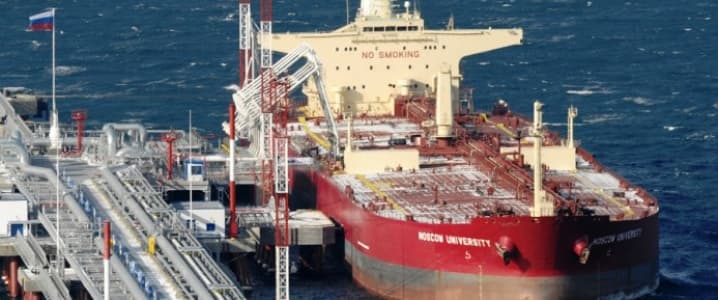Indonesia’s oil industry is languishing, it’s fields are depleting and it desperately needs investment, but unlike another up-and-coming oil major—Argentina—it’s not willing to do what is necessary to lure in big foreign money.
Indonesia’s oil industry contributed just 3 percent of GDP last year, from almost 15 percent in 2014 and as much as a quarter back in 2006. The decline in production has been steady since the 1990s, thanks to a sharp drawdown on exploration and new investment—despite the fact that the county’s energy needs have been growing steadily. Now, Jakarta is trying to turn things around.
Indonesia is currently producing around 800,000 barrels of crude daily, which constitutes half of what it consumes every day. This compares to a little over a million bpd in 2010. The local fields are mature, well on their way to depletion, and the state energy major, Pertamina, has set its sights on international expansion to compensate for decline.
Since 2014, the company has grown its overseas production capacity to 150,000 barrels of oil equivalent daily through acquisitions and partnerships. The latest acquisition, of French energy company Maurel & Prom, added 30,000 bpd to its capacity. To date, the company has exposure to nine oil-producing countries, including Algeria, Iraq, Tanzania, and Nigeria--and it’s negotiating the acquisition of two oilfields in Russia.
Meanwhile, the government is trying hard to attract investors for untapped oil and gas reserves.
Related: The $50 Billion Backlog Of U.S. Energy Projects
In April, the Energy and Mineral Resources Minister Ignasius Johan announced a US$200-billion foreign investment plan, offering oil companies the change to bid for 14 untapped oil and gas deposits.
To sweeten the deal, Jakarta said it would introduce incentives such as the tax-free import of oilfield equipment, easier cost recovery, plus a revised tax regime. However, according to analysts quoted by Bloomberg, investors still view Asia’s fastest-growing economy as a difficult place to invest in because of bureaucracy.
Indeed, there have been few takers of the 14 new oil and gas deposits.
In July, the country’s energy sector regulator, SKK Migas, said it was in talks with some interested parties, but no final deals were sealed. Why? The very overhaul that was supposed to lure in more investors backfired, according to the FT. The overhaul involved a revision of contracts, envisaging an end to a system that saw the government reimburse explorers for all their costs. The new “gross split” regime seeks to ensure a fairer return for Indonesia, Johan explained at the time, after years of misuse of the old cost-recovery system.
Another potentially major oil producer, Argentina, is offering foreign energy firms above-market prices for the gas they extract from its huge Vaca Muerta field as well as tax incentives to motivate them to come and explore. Indonesia seems less inclined to adopt the “whatever it takes” approach.
Pertamina is growing abroad, and it is also expanding its local downstream operations in partnership with Aramco and Rosneft.
According to Johan, Indonesian oil production should hit 1 million barrels by 2019. Whether this happens or not, at the pace its economy is growing, 5 percent annually, Indonesia will remain a net importer of crude for the foreseeable future.
Related: Natural Gas Prices Poised To Rise As Exports Boom
ADVERTISEMENT
Meanwhile, by the way, Indonesia is not shunning renewable energy. Far from it – the country plans to derive 23 percent of its energy from renewable source by 2025 and 31 percent by 2050, according to the International Renewable Energy Agency. These targets, however, would require annual investments of US$15 billion annually until 2030. According to IRENA, the benefits from renewable energy adoption would outweigh the costs.
Still, with energy consumption growing at the fastest rate in ASEAN, Indonesia will likely continue to be dependent on fossil fuels for quite a while, which increases the urgency of attracting new investments.
By Irina Slav for Oilprice.com
More Top Reads From Oilprice.com:
- New Congo Govt Eyes 25% Oil Output Boost By Next Year
- These Oil Giants Just Jumped Into A Brand New Market
- Are Investors Bailing On U.S. Shale?


















